The sea fennel (Crithmum maritimum) is a plant belonging to the family of Apiaceae. It is a close relative of the best known wild fennel (Foeniculum Vulgare) and it is in effect an aromatic plant, which, among other things, has important medicinal properties. The name Crithmum comes from the Greek term krithe= barley, due to the similarity of the seeds to a grain of barley. The sea fennel is also known by the vulgar names of kiss us, burcio And we criticize.
In this article, therefore, we study the botanical characteristics of the plant, which will be useful for its recognition, its properties and, finally, the most common uses.
Description of the sea fennel
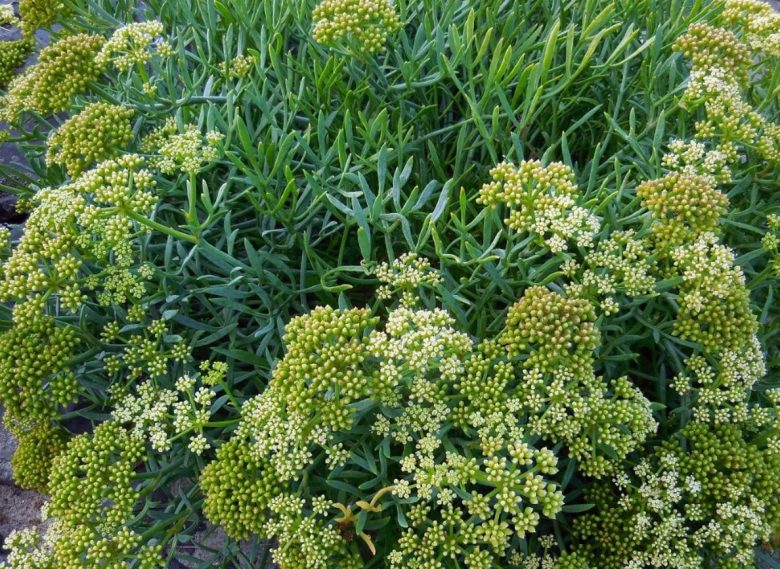
The Crithmum maritimum is a perennial herbaceous plant, with the biological form of suffruticosa camefita. It is lignified at the base, with a fleshy consistency, with a glabrous surface and a glaucous green color. The stem, maximum 40 cm high, has a supple bearing, is usually simple or sometimes just branched at the base, with evident longitudinal streaks. The plant, under ideal conditions, gives life to intense ground cover formations, similar to cushions that sprout from the rocks of the coasts.
Leaves
The leaves of the sea fennel, fleshy and hairless, have a more or less triangular outline and are 2-3 pinnate with lanceolate segments. The long petiole widens into a sheath that wraps around the base of the stem. The leaves placed along the stem are increasingly simple, up to the upper ones which are only pinnate and inserted directly on the amplessicaule sheath.
Flowers
The inflorescence of the critamus is a large umbrella formed in turn by numerous umbrellas, each surrounded by an envelope composed of several bracts. The flowers have a very small calyx with five greenish white petals, with the apex prolonged in a tip folded outwards.
The flowering of the sea fennel usually occurs in summer.
Seeds
The fruit is formed by two achenes (seeds) attached and flat-convex. The external surface, green or sometimes purple, is crossed by numerous longitudinal ribs.
Where does the sea fennel grow?
The sea fennel, as the name suggests, grows spontaneously on all Italian coastal areas, on the cliffs, among the rocks and in gravelly places. Sometimes it goes further inland, but very rarely.
Useful parts and harvesting of sea fennel
The useful parts of the sea fennel, used in cooking and in herbal medicine, are the aerial part of the plant and its seeds.
The aerial portion is harvested between May and July, when it is more tender, and, after eliminating any yellowed parts, it is used fresh. The fruits are harvested instead in August-September, cutting the umbrellas that gather in bunches and are dried in the shade. The seeds are separated from the umbels by beating and subsequent sieving. They can be kept in small glass jars.
Properties of sea fennel
The main constituents of sea fennel are: essential oil, vitamins, minerals, iodine. Aromatic, aperitif, carminative, digestive, diuretic properties derive from these active ingredients. Furthermore, some studies confirm the antioxidant, cholinesterase inhibitory and vasodilator activities.
You use sea fennel in the kitchen
As mentioned, sea fennel has properties and applications very similar to the common wild fennel. In fact, the leaves are used in food to flavor liqueurs, sauces, rustic pies, soups, salads, as a condiment for meat and fish dishes. In the tradition of the Italian coastal regions, the sea fennel is preserved in vinegar or in oil to be enjoyed throughout the year. Before storage, the vegetative material is soaked in water for a few hours, to attenuate the bitter note. Then it is left to dry in the sun for a day, in order to remove the water, after which it is well pressed into jars and covered with white vinegar or extra virgin olive oil.
Medicinal uses of sea fennel
As for medicinal uses, the fresh sea fennel plant is used as a diuretic and purifying agent, very useful in case of edema, fluid retention, decreased diuresis and kidney disorders in general. The juice obtained is rich in mineral salts, essential oil and vitamins.
The seeds, on the other hand, have the property of stimulating appetite and digestive processes, thanks to the activation of gastric and biliary secretion. They are also able to mitigate fermentation and intestinal spasms.
Uses in home herbal medicine
For the use of sea fennel in domestic herbal medicine we distinguish the fresh plant and the seeds. The juice is prepared with the aerial part and using the centrifuge. It is advisable not to prepare excessive quantities. In fact, 2-3 tablespoons a day are enough if used pure, 1 glass if diluted with water, excellent as a diuretic and purifying agent.
With the fresh plant it is also possible to prepare a vinous tincture, with 5 g in 100 ml of wine to be kept to macerate for a week. After filtered it is taken 1 tablespoon a day before the main meal.
With the seeds, on the other hand, ideal as an aperitif and digestive, an infusion can be prepared with 1 g in 100 ml of water, to be taken in small doses before meals.
Even with the seeds it is possible to make a vinous tincture, in this case 3 g in 100 ml of macerated wine are used for 10 days.

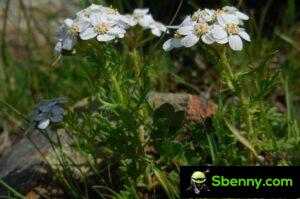
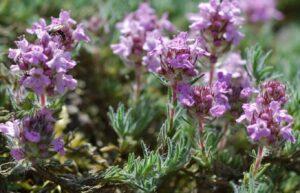
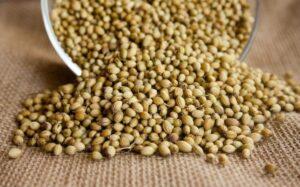
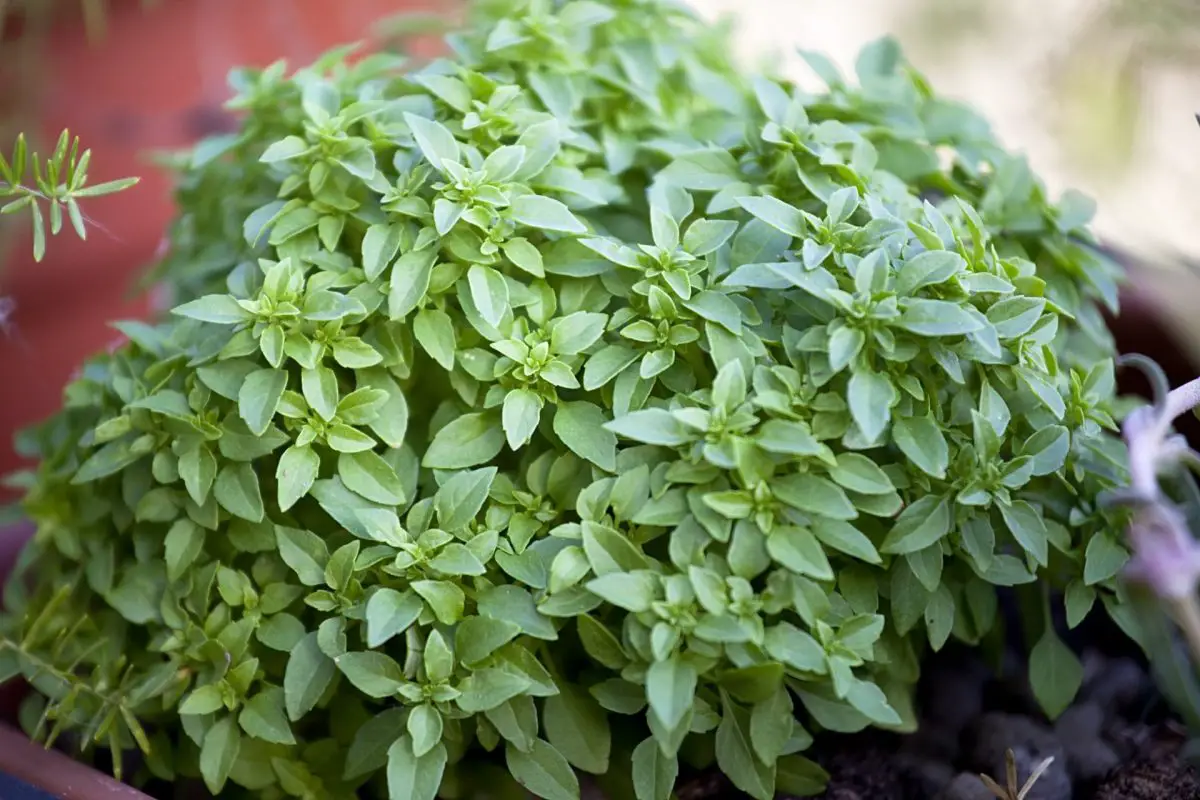
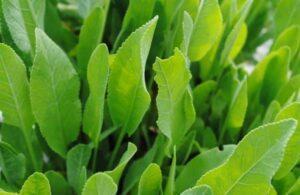
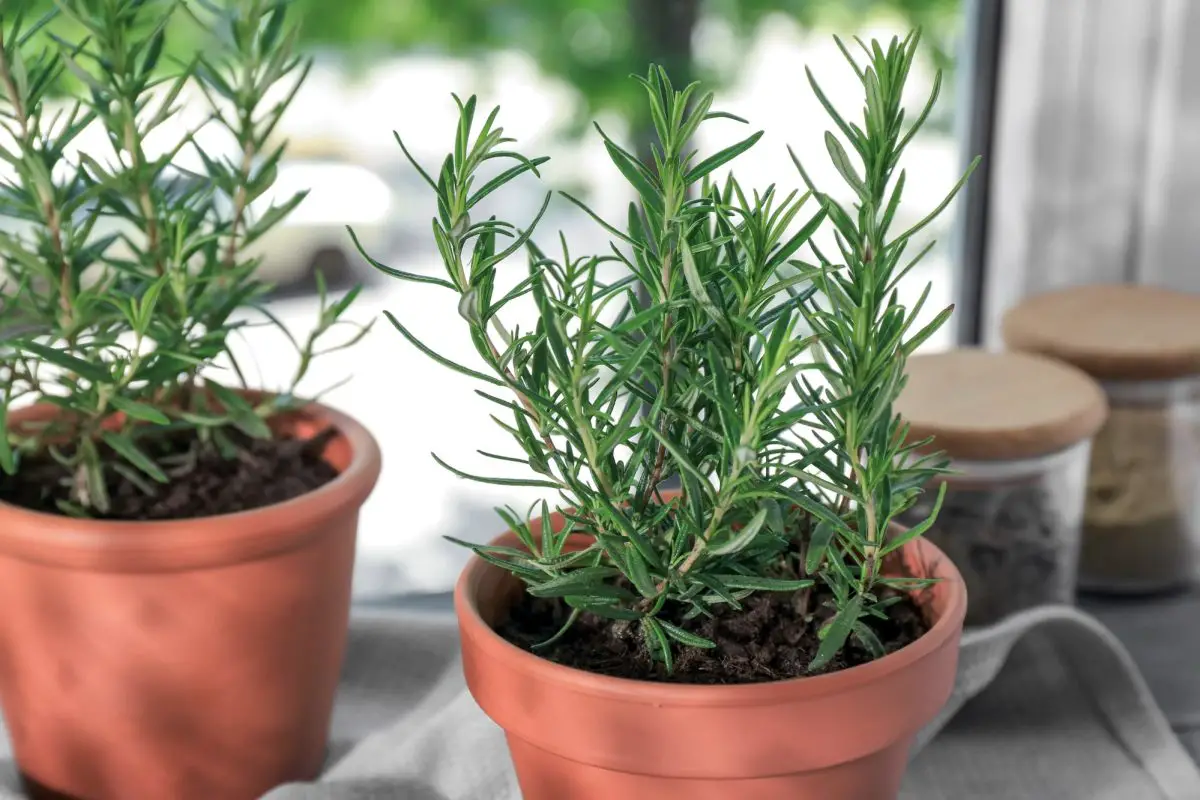
Start a new Thread